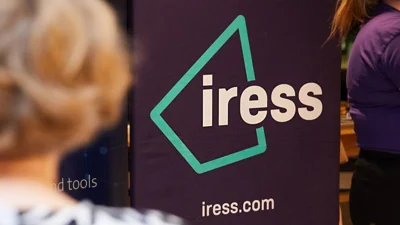Super facts and figures
It is estimated that around five million Australians will be eligible for choice of superannuation fund from July 1, 2005.
Around 400,000 employees are currently in employer corporate funds, with at least $20 million of their assets expected to move around under choice.
Employers will have to offer choice of fund to the following classes of employees: non-award employees; federal award employees; and employees working under an award, certified agreement or Australian workplace agreement (AWA) with no superannuation provision or instructions.
Special rules apply to defined benefit fund members — technical advice should be sought.
Generally, state award employees and public sector employees are excluded — industrial relations advice should be sought.
Employees covered by state awards are likely to have choice of fund from July 1, 2006.
Choice of fund only applies to mandated Superannuation Guarantee (SG) contributions — salary sacrifice and other voluntary contributions are not required to be included.
Employers have 28 days to provide employees with the standard choice form, from commencement.
The standard choice form is available from www.treasury.gov.au — search for Standard Choice Form.
A product disclosure statement (PDS) for the default fund must be given with the standard choice form.
Any complying super fund that accepts SG contributions can be chosen as the employee’s nominated fund, including a self-management superannuation fund (SMSF).
Source: Tribeca
Recommended for you
Data and technology provider Novigi has acquired Iress’ superannuation consulting and managed services business from Apex Group.
AMP is to launch a digital advice service to provide retirement advice to members of its AMP Super Fund, in partnership with Bravura Solutions.
Unveiling its performance for the calendar year 2024, AMP has noted a “careful” investment in bitcoin futures proved beneficial for its superannuation members.
SuperRatings has shared the median estimated return for balanced superannuation funds for the calendar year 2024, finding the year achieved “strong and consistent positive” returns.









